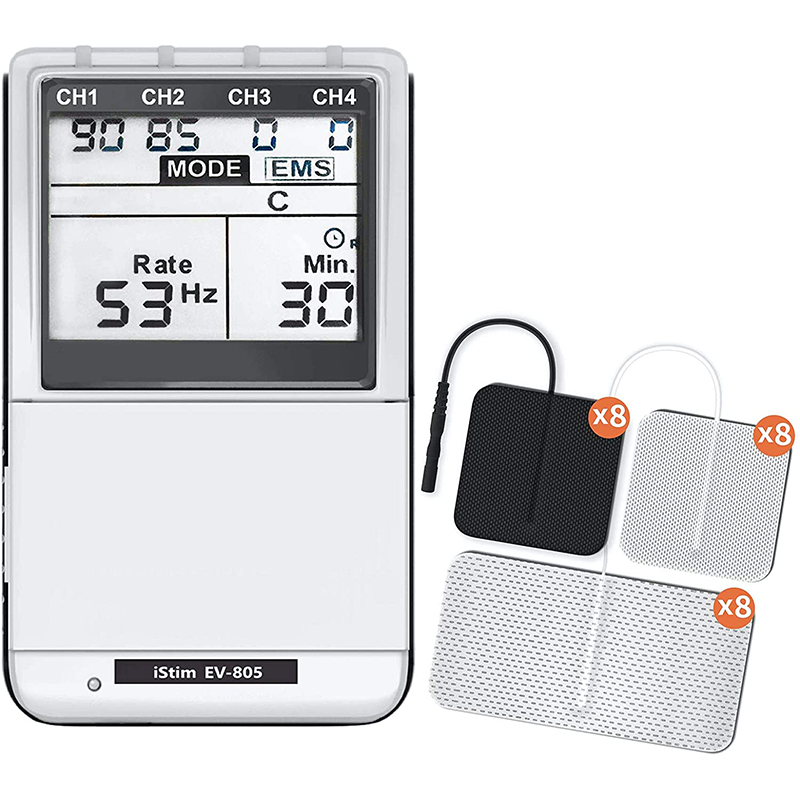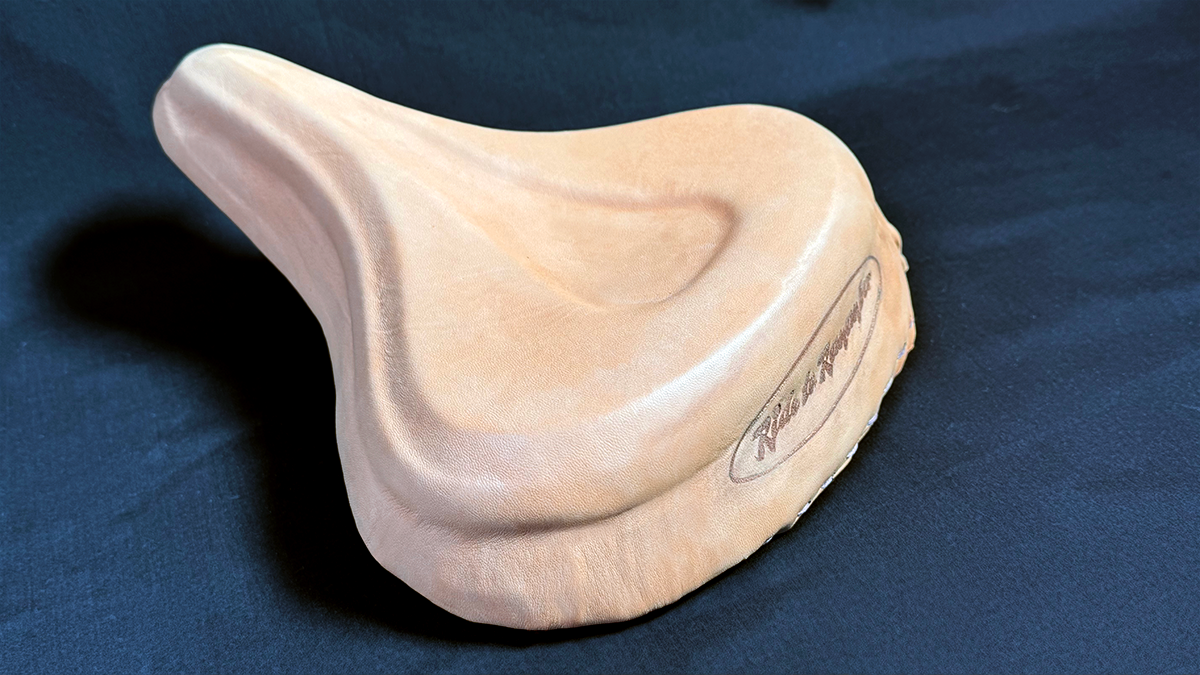Six weeks slowly ticked by. Aside from a minor, likely self-inflicted, surgical site infection, I progressed as I would have expected. The weakness and pain in my lower back mostly resolved and the strength in my leg was showing some small improvement. My follow-up With Dr. Olson was a few days out, so I took it upon myself to start some slow indoor recovery riding.
With all of my available hard and anecdotal data, it was easy to see the injuries impact. Simply measuring the circumference of each of quad for comparison, showed a significant loss in muscle mass. The balance readings from my Garmin Rally pedals confirmed the obvious, but the percentage of muscle loss vs. pedal balance to effectiveness ratios weren’t exactly proportional. As you’ll see below the difference in inches was well reflected in performance. I solely focused on trying to improve the strength of the weak leg to start.



My follow-up appointment was another demonstration of Dr. Olson’s intimate knowledge of the human nervous system. Rather than the typical exam he went right for what he already knew to be my weak spot. He simply requested me to bend down support my weight on one leg. Well, that was just fine with the right, but the left knee immediately buckled and towards the floor I went. This small demonstration quickly reset my lofty expectations about my progress and, frankly, my potential for a full recovery.
The exam ended with some cautionary info and a script for some physical therapy. I’d never done PT before, so I decided to pursue it alongside my own cycling-oriented recovery activities. I’ll share my experience and thoughts on PT in another post.
All of that data from my “Oracle” certainly provides some interesting thought fodder. At 60 years old, it seems that my fitness falls off quicker and has become increasingly hard to restore — maybe not true for everyone, but it’s certainly tough on me. My VO2 Max dropped from 50 to 42, and my resting heart rate rose 10bpm from the low forties to the low fifties. But the best “Oracle” warning came when my resting heart rate dipped into the high thirties while attempting to sleep after taking the wonder drug Flexeril. In the hospital the Oracle’s alarm shook me from spotty sleep on numerous occasions. I wanted to set its alarm limit lower, but alas the “Oracle” knows better and the lowest setting is 38bpm. Trying to get back to sleep, I pondered all of the endurance athletes risking “certain death” by having to disable the Oracle’s low heart rate alert. Maybe Garmin needs to rethink this setting.




Hopefully, I’m the turtle of “Tortise and Hare” fame — because my recovery though steady is awfully slow. In two months of steadily increasing efforts and focusing on improving the left leg, I’ve made some progress. Off the bike, I’ve been using exercises learned in PT to improve stability and restore strength. In terms of real day-to-day improvements, at the three-month mark, I can support my weight bending down on the left leg to about half the distance of the right. I can now lead with the left leg going down stairs, though it requires intense focus.
On the bike, my wattages are increasing overall, and my heart rate is slowly improving. However, the strength in my left leg is still seriously lacking. Power balance data shows a 10% disparity between the right and left legs—even with a concentrated effort to favor the left and underutilize the right. As for how I perceive it, the left side feels like it has half the strength of the right and won’t support any standing efforts on the pedals. Not nearly the improvement I’d hoped for.

Three months of recovery efforts, and my progress is slow. Try as I may, the left leg isn’t improving much. Day-to-day use remains limited—a good example is climbing and descending stairs. Though I can now lead with the left, the experience isn’t confidence-inspiring. Using the leg still requires great concentration, effort, and pain. On the bike, I’ve started doing more one-leg-only sessions, focusing on retraining my mind to better activate the quad group.



Always on the hunt for additional aids to help my recovery, I wondered if at-home NMES (Neuromuscular Electrical Stimulation) was, with today’s manufacturing advances, more accessible and affordable. A quick internet dive yielded a boatload of options and a fair amount of skepticism and criticism. Ever the skeptic myself—especially of lithium-ion battery-powered NES machines—I searched for demos and expert opinions to support these small units. Slowly, suspicions assuaged, I decided to dive in, purchasing a low-cost 4-channel unit. Worst case, I’d get a back-of-the-comic-book set of X-ray glasses—or maybe expedite my recovery.

For under $100, I bought an iSTIM EV-805 TENS/EMS 4-channel unit. It came with enough pads (electrodes) to target the three deficient muscles in my quad. The theory is that when a nerve has been compressed for weeks or months, the affected muscle often “forgets” how to fire properly. Retraining it involves gentle, repeated activation—using targeted electrical stimulation to re-establish those lost neural pathways. References for pad placement were contradictory and sparse, so I experimented with placements that yielded the most contraction in the weak areas.
Shocked (no pun intended) by the power and battery reserve of this small unit, I found it could contract muscles beyond my needs, and each charge cycle provided five 30-minute sessions. After two weeks of twice-a-day use, I can’t say I can prove positive results, but I feel the treatments are making a difference. With so many approaches in use to my aide in my recovery, it’s hard to pinpoint which one is most effective.
It’s impossible to say my progress is poor, given the many factors involved. I’ve been told not to set my expectations too high and that I may never fully restore function. The general timeline, as I understand it, is at least four to six months for significant recovery, with hope of reactivating the nerve declining precipitously after six months. The only way forward is to keep pursuing the best restoration of function my body will allow. Enjoy the ride.
I’ll continue this post as my recovery progresses.










1 comment
The good news is that your legs have both increased in size, so your muscles are functioning!